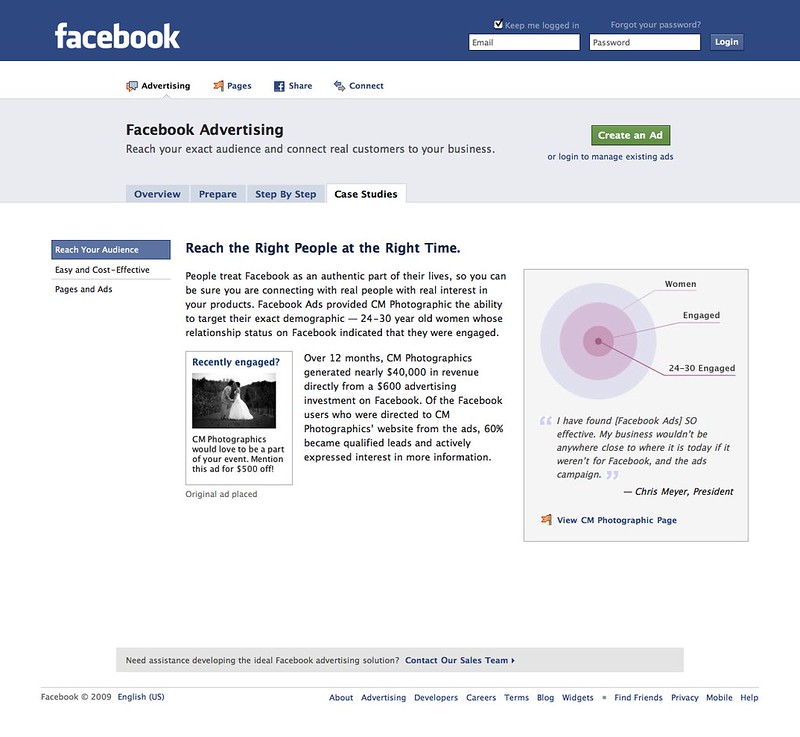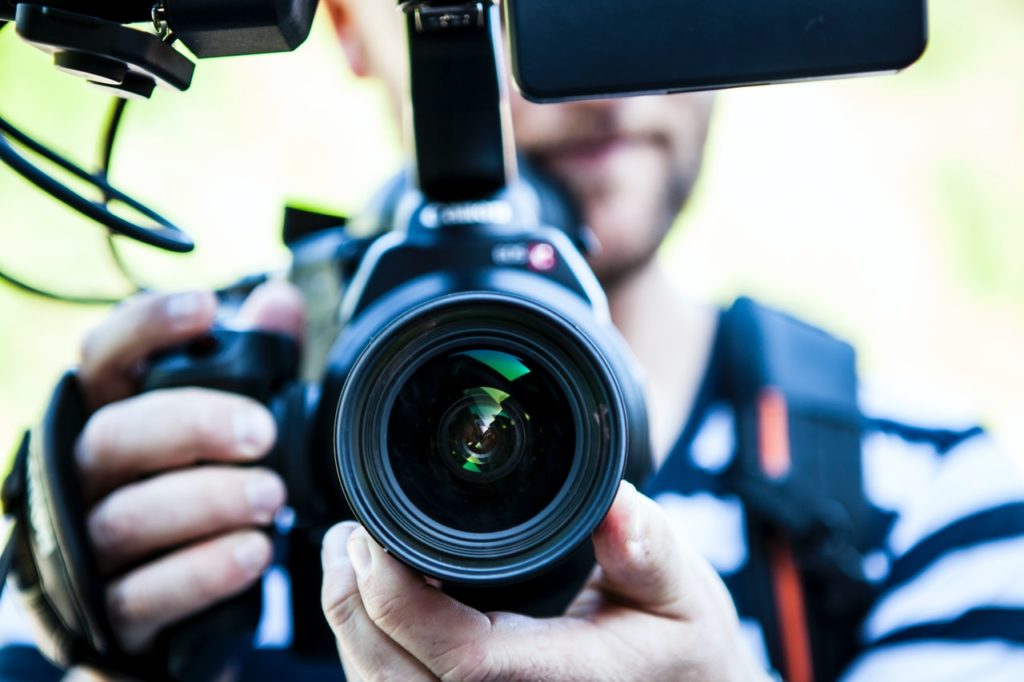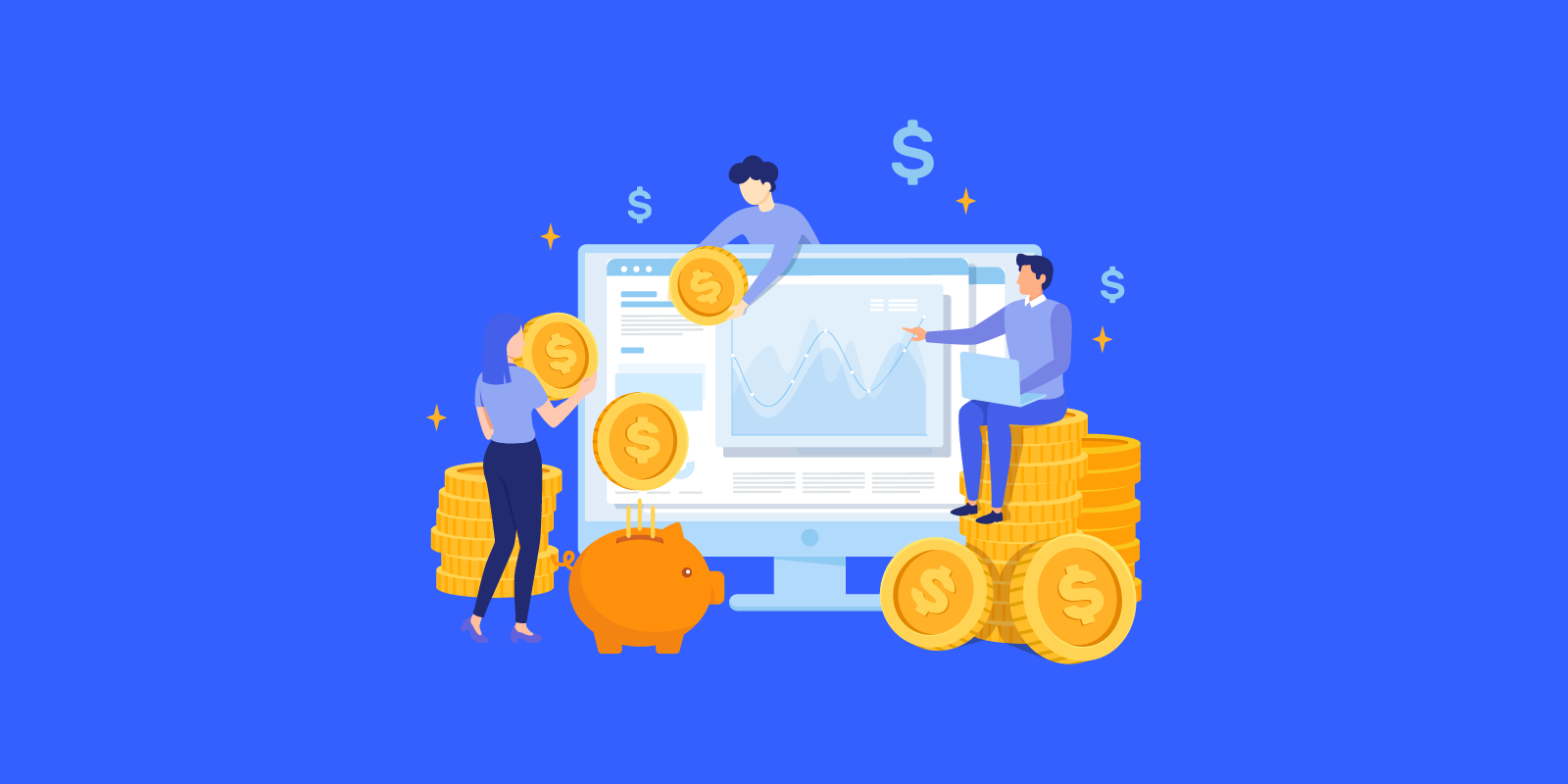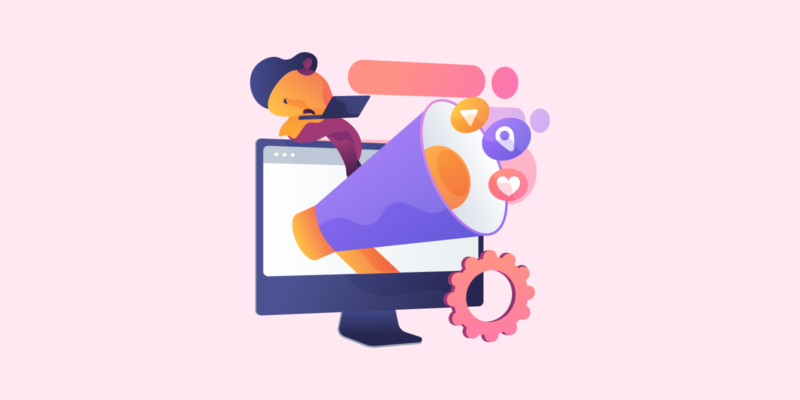Without a doubt, Facebook Ads are one of the best ways to generate new sales leads. Unlike other digital marketing platforms, Facebook takes advantage of its laser-focused targeting capabilities.
However, with its super diverse and wide targeting strategies, you can find yourself spending a lot on Ads. Facebook has a limitless audience to target, interests to generate, and specific demographics to market to. Besides, there are endless ad types to run that can quickly drain your marketing budget.
Marketers running digital marketing strategies, should consider Facebook advertising among the best ways to reach their target customers. With explosive internet access, most people spend several hours on Facebook daily. However, running ads on Facebook platform hourly is a quick way to lose money. The guide below outlines some tips to an effective yet affordable cost per acquisition digital marketing strategy.
In this article
What is Cost per Acquisition?
PPC marketing professionals should always consider several metrics before deciding on the best marketing and ad placement option. Cost per acquisition, also known as CPA, is a metric that takes into consideration the amount that you spend based on conversions. This describes the total cost of getting a new customer on-board through a specific channel, this case being the Facebook platform.
Compared to the cost per click, the CPA will always be considerably higher. However, you can simplify and save money on Facebook ads with various interventions discussed in this guide.
How Does Facebook Charge for Ads
There are two marketing and cost options when setting up a Facebook Ad campaign. Either you choose to be charged by impressions or link clicks. Link clicks are termed as cost per click, which is a common choice for most marketers. As mentioned, Facebook charges for every ad clicked by a Facebook user.
On the other hand, if you opt to advertise and be charged through impressions, you will pay every time your ad on the Facebook platform is viewed, even without clicks. Fortunately, you can change how you get charged from the Budget & Schedule section of Facebook page ad settings. However, some Facebook ad settings restrict these options, leaving impressions as the only option.
Factors that Determine Facebook Ad Cost
The total cost of your Facebook ad varies based on several factors. Understanding these factors can help you save money on Facebook ads. Some of the factors include;
- Facebook Ad placement – ad placements come with different impressions and CPC. This implies that you can save on the cost by eliminating high-cost and low performing ad placements.
- Relevance score – your Facebook ad campaign relevance score significantly affects how much damage per acquisition will cost and how often your ad will display. The higher the score, the less the cost, and the better the ad results. Fortunately or unfortunately, Facebook is yet to replace the impact of relevance score on ads with new relevance metrics.
- Bidding strategy – Facebook bidding strategies come with individual sets of advantages and limitations. However, you can avoid unnecessary and expensive clicks by setting your target cost or bid limit.
- Ad display schedule – specific hours of the day, days of the week, and time of year have a significant impact on Facebook ads’ cost. As such, setting a favorable schedule can help in reducing cost while maximizing ad results.
- Target audience – Facebook ad audience is comparably limited, and some target demographics are highly sought after compared to others. This makes it expensive and competitive to have your ads shown to a specific audience.
Regulating the factors mentioned above and implementing the correct optimization techniques can improve your Facebook ad marketing results while lowering the costs.
Ways to Reduce Facebook Ad Cost per Acquisition
The following ways can help in reducing Facebook’s cost per acquisition.
1. Find the Best Performing Demographics
If you are not new to digital marketing, especially Facebook advertising, you have access to a tremendous amount of data that can significantly lower your ad costs. From these demographics, you can learn the best performing ads and the best Facebook Audience to market to.
You can easily find out how your initial ads perform from various demographics by checking the “Manager Section” then “View Charts” from your Facebook page. This will give you unlimited access to how your previous Facebook ads performed, categorically by gender, age, and more. Having identified the best-performing demographics, you can narrow your ad targeting to include only those demographics.
When evaluating your ad’s performance from various demographics, you aim to identify why your ad performed better in one group and poorly with another group. Identifying such reasons will help you implement specific strategies and refine the ads to resonate better with the target audience.
For instance, if your ad on Facebook aims at acquiring more users, and you find that the ads perform better with the audience under the age of 50, this implies that your ad resonated better with a younger population. With such information, you can stop targeting your ads to such demographic and focus on where your product will most likely sell. This, in turn, reduces the click on Facebook, thus enabling you to save money on Facebook ads.
2. Optimize Your Landing Page
A complicated landing page can significantly decrease your lead generation from Facebook. Having a simple and clear landing page is a recipe for high conversion rates. A cluttered and complicated landing page will have many people shunning out of it. Instead of redesigning the entire landing page, you can leverage the already gathered data as anecdotal evidence to improve your landing page’s results. That said, below are some tips on how to optimize your landing page to increase conversions.
- Make your offer understandable – you should ensure that your landing page has only one goal: generating leads. With such a purpose, every item on the landing page should contribute towards this goal. Attempting to accomplish more than one goal from a single landing page will significantly hurt your conversion rate.
- Simplify the landing page – developing a simple landing page can seem counterintuitive, but eliminates the unsightly visual clutter associated with poorly performing landing pages. Dropbox does an excellent job with this. They create intriguing landing pages that communicate volumes with few wordings.
- Use contrasting colors – the best landing pages that attract great leads use many different colors. Through this, you can’t ignore the call to action button.
- Leverage scarcity techniques – terminologies such as “limited time,” and “limited quantities” should be well visible from your landing page. Using such scarcity implying terms gives visitors a sense of urgency to take action.
- Use a straightforward call to action – calls to act on your landing page should not confuse or stress potential customers. Make it clear, visible, and concise.
- Simplify the page – you should ensure that the landing page has great headers, bullets, and white space in your landing page. The page should be easy to skim and free from large blocks of texts.
- Have essential information above the fold – “above the fold” as a term means that you should place enticing stories at the top of the page. Include priority information at the top as the visitor may not scroll down.
- Include contact information – as a rule of thumb, provide sufficient and multiple contact information to your visitors. Display your phone number, email address, and contact form on the landing page. You can also include links to your business’s help centers and alternative payment options.
- Include testimonials to convert undecided users – most social media customers fancy social proofs. Consider letting your potential customers know that other customers have tried your products and services; if you can convince previous customers to create video testimonials, the better.
As you design your landing page, focus on the prize, which is lead generation. As such, eliminate any inclusion that can counter this goal. Creating a focused landing page will enable you to generate more leads with the same amount of traffic, which effectively cuts on your cost per acquisition of Facebook charges.
3. Create Facebook Lookalike Audiences
To save on Facebook advertising, you should avoid displaying your ad in front of every Facebook user. Factually, a large percentage of Facebook users are not interested in your offers, and displaying your ads to them is a waste of money. Your ad should be displayed to a targeted audience that is genuinely interested in your business.
Fortunately, Facebook has two options that enable digital marketers to target people in their campaigns. Facebook offers detailed targeting and lookalike audience targeting options. Detailed targeting requires that marketers enter specific information about their audience, including demographics and interests. This option has excellent results if you have proper knowledge about your target audience, though majority marketers often make educated guesses.
On the other hand, lookalike audience targeting provides the best results for established businesses. Lookalike targeting leverages Facebook’s powerful proprietary technology to create a large audience based on your business’s best customers’ specific characteristics. This works well if you can give Facebook a list of top engaged customers. Facebook takes the information from the list and creates a larger audience of customers with similar interests to those in the list.
However, to build an effective lookalike list, you should begin by building a list of your high quality and engaged audience, who will be the “seeds” for the lookalike audience. The audience will serve as the basis from which the platform builds a larger audience. It ensures that your lookalike audience generated is of high quality as possible. By creating lookalike audiences, Facebook understands the target market and lower advertising costs.

4. Set Up Facebook Pixel
Another incredible way of reducing the cost per acquisition is setting up and updating your Facebook pixel. Facebook pixels simply are a few sentences of codes inserted into your website that track conversions and provide information about your clients.
The Facebook pixel tracks your client’s Facebook page, identifies what they are interested in, their expenditure, what they bought recently, average purchase price, and more. This means that digital marketers can get to target people who can purchase their products almost immediately. You can target potential customers who have visited your website, target the actions they have taken, and track those who added items to their cart and did not complete the purchases.
5. Use Video Advertising
Besides content marketing, the use of visuals, especially videos, is among the best rewarding Facebook marketing strategy. As such, you should use videos anywhere to reduce the cost of advertising. Videos cost an average of 10% less than single image ads. Therefore, despite providing more impressions through shares, videos are a cheaper alternative to save on CPC.

6. Set Cost Control Settings
Setting a cap limit on your cost per click expenditure is probably the easiest way to reduce or rather limit your cost per acquisition. However, this is not a recommended strategy as it can limit the visibility of your ads. Nevertheless, if you prefer this option, you can find the “Cost control settings” option from the Budget and Delivery section of the Facebook Ad settings. From this, you can set a minimum cost, which puts a cap on the expenditure, though it might not be available for all types of Ads.
Bottom Line
Digital marketers running their ads on Facebook can attest to the rising cost of Facebook cost per acquisition and associated variable CPAs. However, you cannot forfeit digital marketing, especially from Facebook and other popular channels, since it effectively generates leads and sales. As such, you should find alternative methods of lowering these costs.
Besides this, you can try other methods, such as Facebook auction, minimizing audience overlap, leveraging Facebook lead ads, and experimenting with Facebook messenger marketing campaigns. That said if you have tried any of the strategies mentioned above successfully, share your experience in the comments section below.



